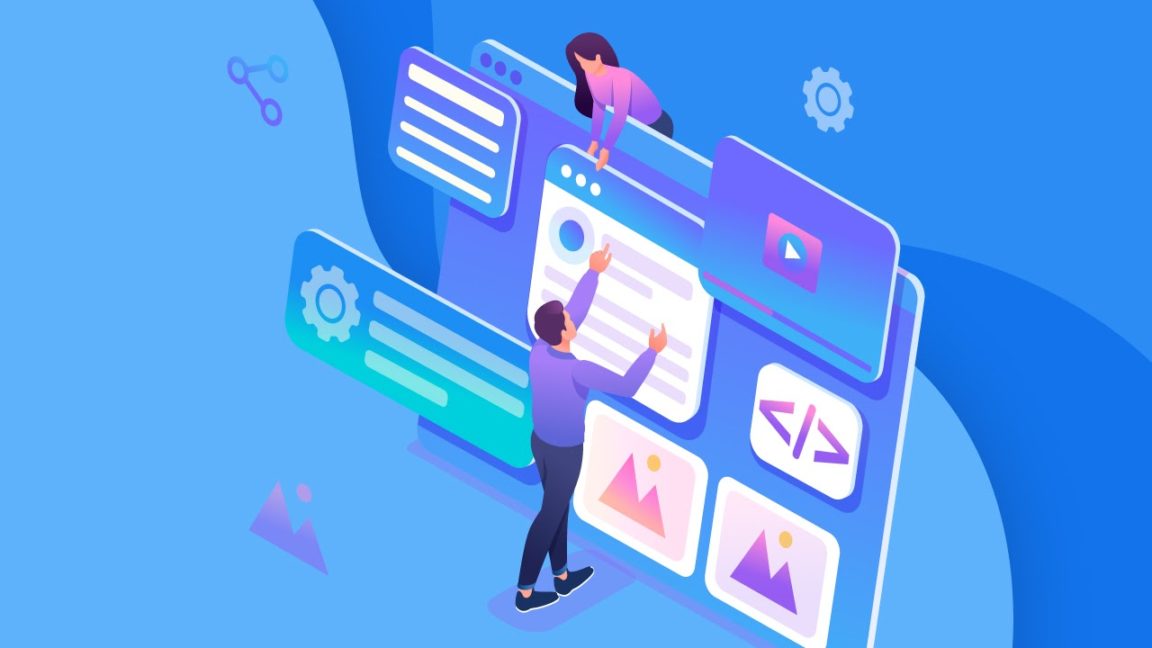
Website design trends come and go every year, and while it is not always wise to redesign a website just to stay ‘up to date’, sometimes trends develop because of a shift in consumer expectations and buying habits. In fact, in some industries, such as technology and design, consumers can be deterred from using a brand if the website does not appear as modern as its competitors. The key is to recognize the difference between design features that are purely aesthetic and those that impact the user experience. This article highlights the new web design trends that businesses should consider in 2021.

Asymmetric design
The traditional way to design a website is on a grid as this enables a streamlined design, but this has led to many websites appearing the same. Asymmetric design is now emerging as a trend that gives websites more flexibility and the opportunity to build unique websites. Effective asymmetric design requires a balanced approach to ensure the user’s eyes are drawn to the right features, so consider contacting professional website designers at Bluelinemedia.co.uk.
Floating elements and shadows
To make a website more interesting and to add extra depth, text, headings, images, illustrations, and buttons are increasingly being designed with floating elements and shadow effects. This can prevent all the elements on the page from looking flat and uniform, drawing the user’s eye to key features.
Flexible vector graphics
Websites should display photos and illustrations, but the more they have, the longer it will take them to load. When a website is slow to load, this will frustrate users and damage its performance in search engines. If the images are also not optimized for mobile devices, this is even more problematic. PNGs, JPEGs, and GIFs become much poorer quality when they are resized, which is why more websites are choosing to use flexible vector graphics in an SVG format that will scale to fit whatever screen they are being viewed on.
Combining photographs with graphics
The days of websites being stuffed with stock imagery are coming to an end. More websites are using a combination of real photos and illustrations to create a unique image and communicate bespoke messages. This includes collages and overlapping images to convey personality and brand identity.
Darker color palettes
Websites of the past were usually based on a white background with colored icons and photos, but this is changing. Many websites are now opting for darker color palettes to make features more noticeable and maximize contrast. Dark colors are also easier on the eyes and can convey that a company is more modern in its approach.
Artificial intelligence
There are very few parts of our lives that are not touched by artificial intelligence, and it is also starting to have a big impact on website design. With AI integrated into website design, brands will be able to present personalized pages to a user depending on their needs, location, or interests. It can also rearrange a page’s layout automatically depending on the user and collect vital data for the company.
Accessibility
Historically websites have been exclusive in the sense that they are often not accessible to people with disabilities. There is an increasing focus on website design that considers the needs of different people based on more than just the language they speak. Accessible website design might include subtitles, audio recordings, larger fonts, or transcripts when posing content.
